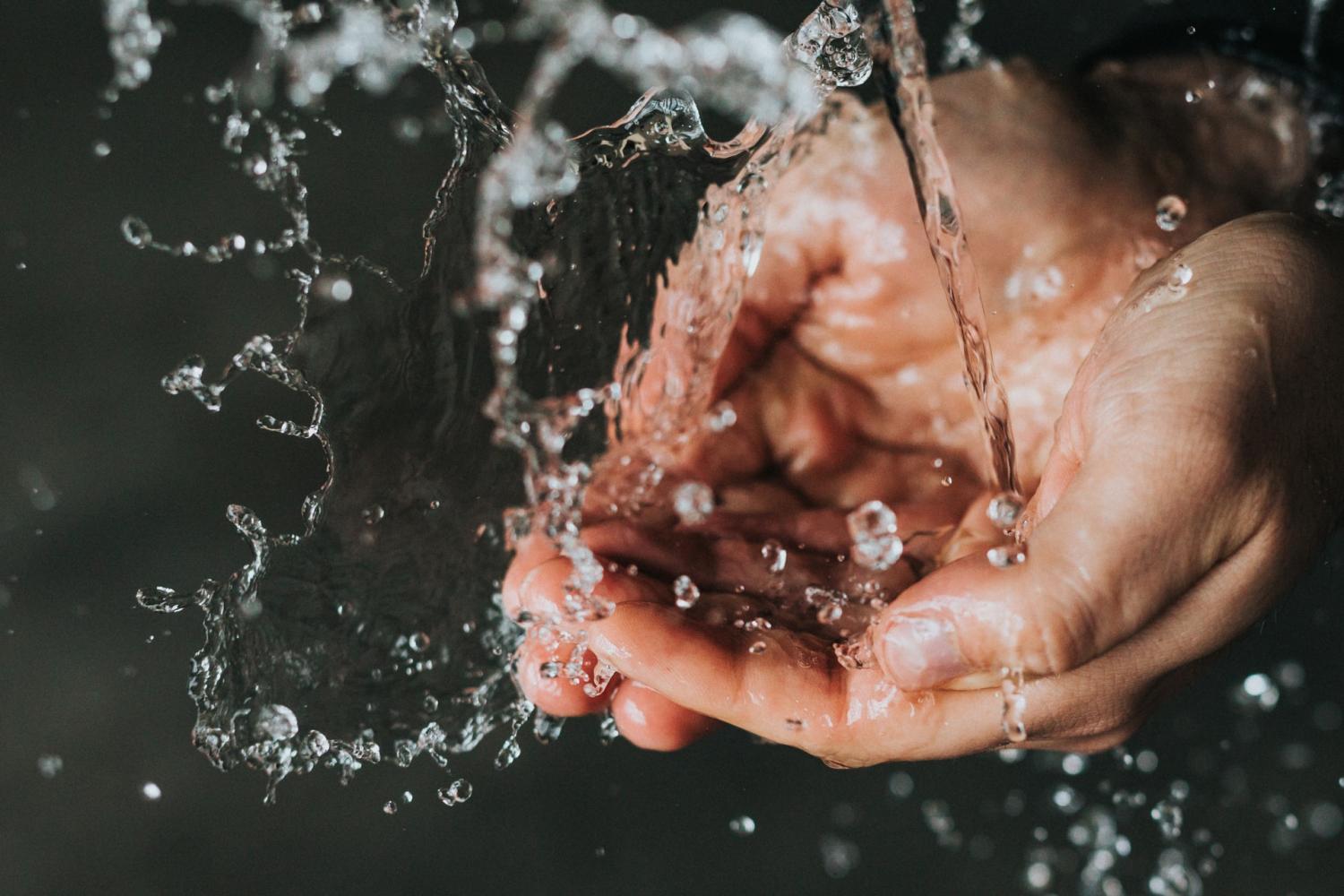
Environmental groups and several states are up in arms over the gutting of a key portion of the Clean Water Act earlier this week. The legislation limits states’ and Indigenous tribes’ authority to protect water within their own borders from projects such as pipelines and dams that can be detrimental to water supplies.
The new rule from the Environmental Protection Agency (EPA) targets Section 401 of the law, which gives states and tribes the right to certify that a federally licensed or permitted project meets state water quality standards. The new rule gives federal agencies the ability to overturn state decisions, and it significantly shrinks the scope of review the states and tribes can conduct. The rule also creates new deadlines that will effectively limit states’ and tribes’ ability to meaningfully analyze the impacts of these complex projects.
This section of the law has been a target of the Donald Trump administration, which last April ordered the EPA to accelerate and promote the construction of pipelines and other infrastructure. As TriplePundit has shared, this is part of an ongoing rollback of environmental regulations by the administration. EPA Administrator Andrew Wheeler, a former coal lobbyist, made as much clear when, as the New York Times reported, he said states would no longer be allowed to use the law to object to projects “under the auspices of climate change.”
Environmental groups including The Sierra Club, The Natural Resources Defense Council (NRDC) and the National Wildlife Federation have all issued statements denouncing the move. Officials from Washington and New York states, both of which have used Section 401 to sideline major infrastructure projects, have also voiced strong opposition. Both environmental groups and some states have vowed to fight the new rule in court.
Water rights are a matter of racial justice, too
At a time when the country is roiled in crisis, with thousands of protesters on the streets demonstrating for racial equality, some environmental leaders see this latest ruling by the EPA as much a matter of racial justice as the right to clean, safe water. A Section 401 review can be states’ and tribes’ only meaningful opportunity to protect their own water resources.
“It’s a fact that people of color and low-income communities are disproportionately impacted by the air pollution, water contamination and climate chaos produced by fossil fuel projects,” Wenonah Hauter, executive director of the NGO Food and Water Action, said in a statement.
“This is a targeted strike against environmental justice and racial justice," Hauter said. "The new EPA rule seeks to undermine a bedrock environmental law and hamstring the rights of states to protect communities from water contamination and climate change.”
For civil rights advocates, the weakening of water rights for states raises the specter of Flint, Michigan, which in 2014 suffered a health crisis after lead from city water pipes seeped into the untreated water flowing through them, a situation that advocates label environmental racism. As journalists including New York Times reporter John Eligon have discussed, the term refers to the disproportionate exposure of black people to polluted air, water and soil. It is considered the result of poverty and segregation that has relegated many black Americans and other racial minorities to some of the most industrialized or dilapidated environments.
Similarly, in central California, some consider the legacy of segregation as contributing to the reality that many residents can only rely on unsafe water systems, with as many as 350,000 people lacking access to potable water in the San Joaquin Valley alone.
Protecting the Clean Water Act should matter to business, too
Certain industries have wholeheartedly supported the new EPA rule, not least the fossil fuel industry, which clearly seeks an easier permitting process. They have some legislators in their corner. Sen. John Hoeven (R-North Dakota) said in a statement: “We’ve worked hard to advance regulatory relief to strengthen our nation’s economy, including for the development of critical energy infrastructure.” He is joined by Senate Environment and Public Works Chairman John Barrasso (R-Wyoming), who said the rule would curb abuse from states like Washington, which he argued has "hijacked" the permitting process and blocked Wyoming coal from being exported.
But there’s plenty of reasons why business should be concerned about protecting the rights of states and tribal leaders to ensure water quality and safety. Water is as important to the world’s economy as oil or data, argues a recent McKinsey report that called water “a business and human priority.” All industries rely on water in some way, in terms of raw materials, suppliers, direct operations and product use. Nearly two-thirds of freshwater consumption is associated with ingredient production for corporate supply chains alone, according to The Nature Conservancy, and in 2018, CDP reported that companies experienced a $36 billion negative financial impact as a result of water challenges.
But climate change, population growth and changing consumer habits are increasing water stress for many regions. By 2050, the U.N. estimates that 1 in 4 people may live in a country affected by chronic shortages of fresh water. Water stress is a risk multiplier, according to McKinsey: Alone, it is a powerful risk with the potential to upend socioeconomic and ecological systems. When compounded with other risks, such as those related to food and energy systems, politics, and infrastructure, it becomes detrimental.
As water stress grows, business will experience that risk in four forms: physical, regulatory, reputational, and stakeholder. And when key water sources are inaccessible or unfit for use, that can be a critical and costly risk.
Image credit: Nathan Dumlao/Unsplash

Based in Florida, Amy has covered sustainability for over 25 years, including for TriplePundit, Reuters Sustainable Business and Ethical Corporation Magazine. She also writes sustainability reports and thought leadership for companies. She is the ghostwriter for Sustainability Leadership: A Swedish Approach to Transforming Your Company, Industry and the World. Connect with Amy on LinkedIn and her Substack newsletter focused on gray divorce, caregiving and other cultural topics.














